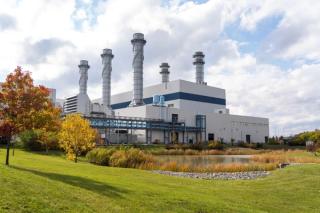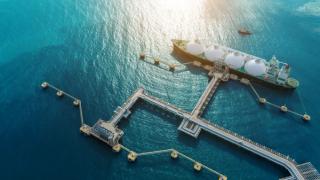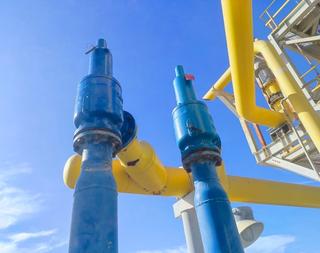
Carbon footprinting of LNG Supply Chains (Life Cycle Assessment)
- Client Name
- Confidential (Various Clients)
- Location
- United States

SLR provides technical and advisory support on life cycle assessment and carbon footprinting of natural gas and LNG supply chains. We support our clients in understanding the cradle-to-grave or cradle-to-gate (partial carbon footprint) GHG intensity of their supply chain, informing climate strategy and supporting Scope 1 – 3 reporting.
Challenge
Natural gas supply chains in the U.S. are highly complex. Gas from many operators is co-mingled in interconnected midstream pipelines, creating multiple pathways by which gas from a well can reach an end-use customer. In addition, the greenhouse gas emission profiles of individual natural gas facilities, particularly methane, are also complex. While traditional inventories provide detailed source-level estimates, they have been shown to underestimate methane emissions on average when aggregated. These data challenges make life cycle accounting difficult.
Solution
We bring many years of expertise in measuring emissions from natural gas operations and combine this with our deep knowledge of life cycle assessment to build custom tools that help clients better understand their carbon footprint. Taking a life cycle perspective means looking beyond the facility fence line to gain a comprehensive view. LCAs provide valuable insight into opportunities for emissions reductions, whether through upstream procurement decisions or downstream transportation choices. We also draw on our familiarity with ISO standards for LCA and key industry protocols to ensure that each carbon footprint assessment aligns with established standards.

